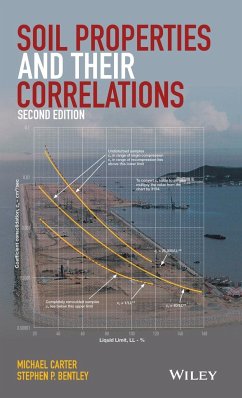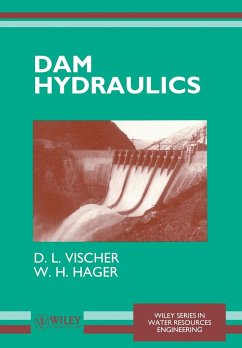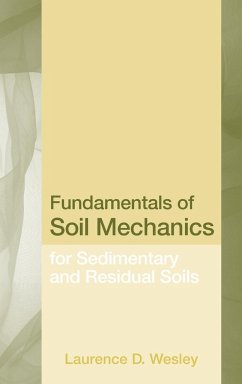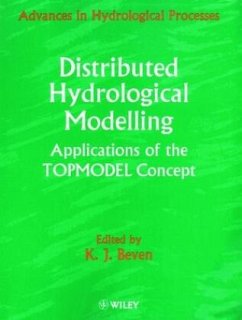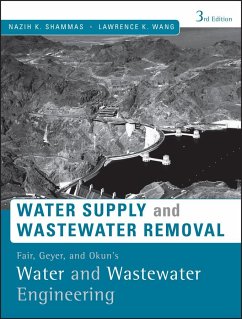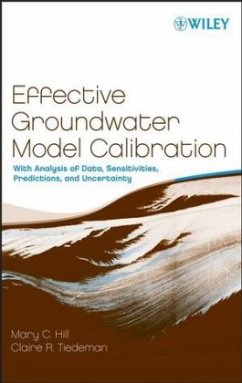Nicht lieferbar
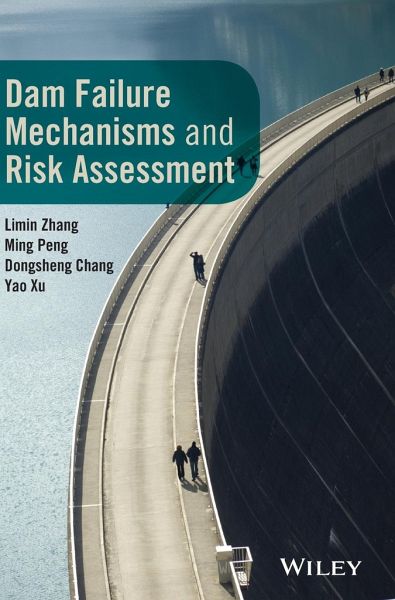
Dam Failure Mechanisms and Risk Assessment
Versandkostenfrei!
Nicht lieferbar
This book integrates the physical processes of dam breaching and the mathematical aspects of risk assessment in a concise manner
- The first book that introduces the causes, processes and consequences of dam failures
- Integrates the physical processes of dam breaching and the mathematical aspects of risk assessment in a concise manner
- Emphasizes integrating theory and practice to better demonstrate the application of risk assessment and decision methodologies to real cases
- Intends to formulate dam-breaching emergency management steps in a scientific structure
- The first book that introduces the causes, processes and consequences of dam failures
- Integrates the physical processes of dam breaching and the mathematical aspects of risk assessment in a concise manner
- Emphasizes integrating theory and practice to better demonstrate the application of risk assessment and decision methodologies to real cases
- Intends to formulate dam-breaching emergency management steps in a scientific structure




